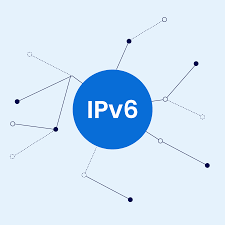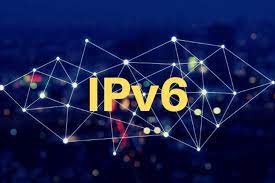11
Nov
DNS (Domain Name System) is a critical component of network infrastructure that translates domain names into IP addresses. With the adoption of IPv6, DNS plays a crucial role in supporting IPv6 networks. Here's an overview of DNS in IPv6 and some considerations for IPv6 security and services: IPv6 Address (AAAA) Records: DNS in IPv6 supports the storage and retrieval of IPv6 addresses using AAAA resource records. AAAA records are similar to IPv4's A records but specifically used for mapping domain names to IPv6 addresses. DNS servers need to support AAAA records to properly handle IPv6 address resolution. Dual Stack Support:…









